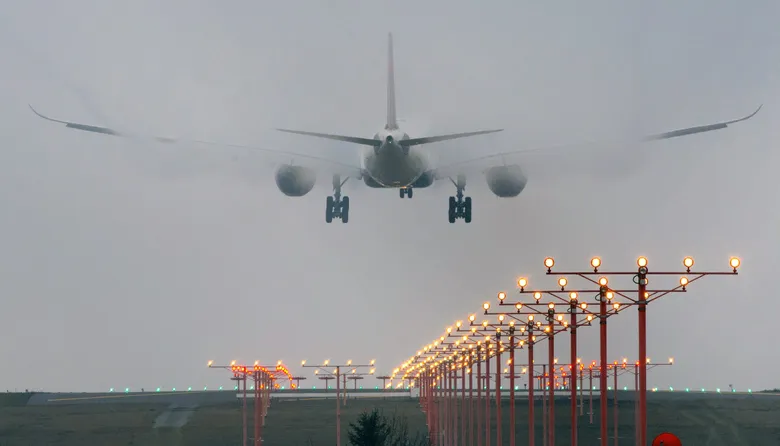Have you ever found yourself perplexed by the seemingly erratic fluctuations in flight prices? It’s a common frustration among travelers. One moment, you’re eyeing a reasonably priced ticket, and the next, the cost has skyrocketed or plummeted. Unlike purchasing goods at a store, where prices remain relatively stable, airline ticket prices can vary significantly within short time frames. This phenomenon stems from a complex interplay of factors governed by the principles of revenue management employed by airlines.
The Role of Revenue Management
At the core of airline pricing strategies lies revenue management, a dynamic process aimed at optimizing revenue by selling the right seats to the right customers at the right prices. This involves a delicate balance between maximizing seat occupancy and maximizing revenue per seat.
Dynamic Pricing and Yield Management
Airlines employ dynamic pricing and yield management techniques to achieve this balance. Dynamic pricing involves adjusting ticket prices in real-time based on factors such as demand, time until departure, competition, and external factors like fuel costs or regulatory changes. Yield management focuses on maximizing revenue by segmenting customers and offering different prices to different market segments.
Factors Influencing Flight Prices
1. Demand: Demand plays a pivotal role in determining flight prices. As demand increases, airlines adjust prices accordingly, often implementing variable pricing strategies to capitalize on fluctuations in demand.
2. Time of Booking: The timing of booking also influences prices, with fares typically fluctuating based on historical data and booking patterns. Last-minute bookings may incur higher costs, reflecting the urgency of travel and limited seat availability.
3. Competition: Price matching among competitors further drives the volatility of flight prices. Airlines closely monitor rivals’ pricing strategies and adjust their fares to remain competitive, often engaging in price wars to capture market share.
4. Seasonality: Peak travel seasons, such as holidays or summer vacations, witness higher demand and subsequently higher fares. Conversely, off-peak periods may offer discounted fares as airlines seek to stimulate demand.
5. Day of the Week: Flight prices can vary depending on the day of the week, with weekdays typically offering lower fares compared to weekends. This trend is influenced by demand patterns, particularly among business travelers.
6. Advanced Purchase and Minimum Stay Requirements: Many fares come with advanced purchase requirements or minimum stay restrictions, with prices increasing closer to the departure date. This incentivizes early bookings and longer stays, optimizing revenue for airlines.
7. External Factors: External factors such as fuel prices, regulatory changes, or geopolitical events can exert significant influence on flight prices. Airlines may pass on operational costs, such as fuel surcharges, to passengers, impacting overall fare levels.
Conclusion
In essence, the fluctuation of flight prices is a reflection of the intricate dynamics of supply and demand in the airline industry. Revenue management techniques, coupled with market forces and external factors, contribute to the volatility of airfares. By understanding these factors, travelers can make informed decisions when booking flights and navigating the ever-changing landscape of airline pricing.

